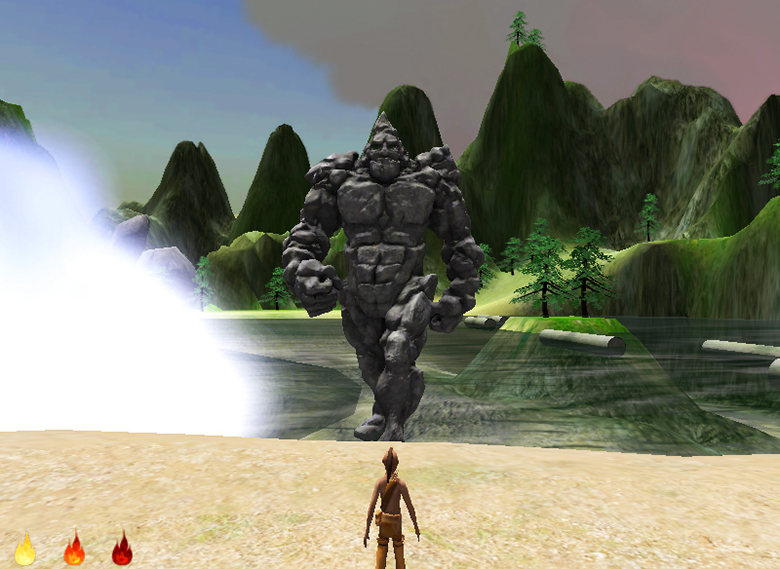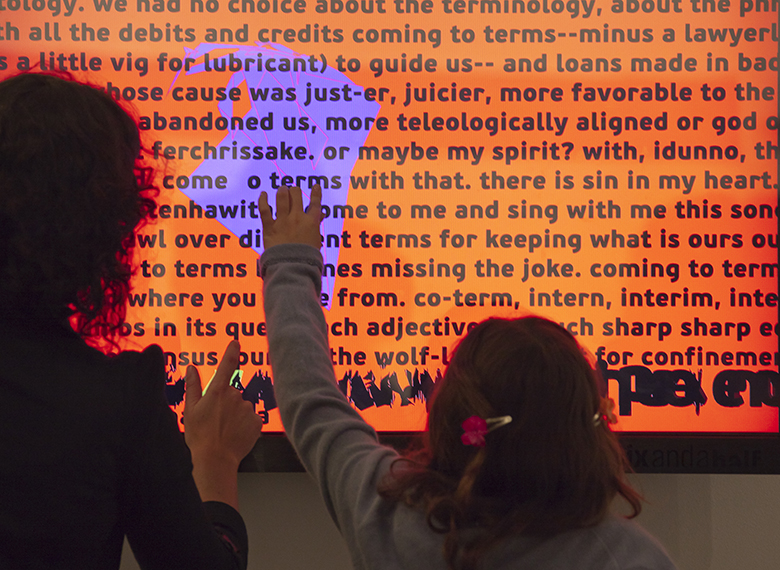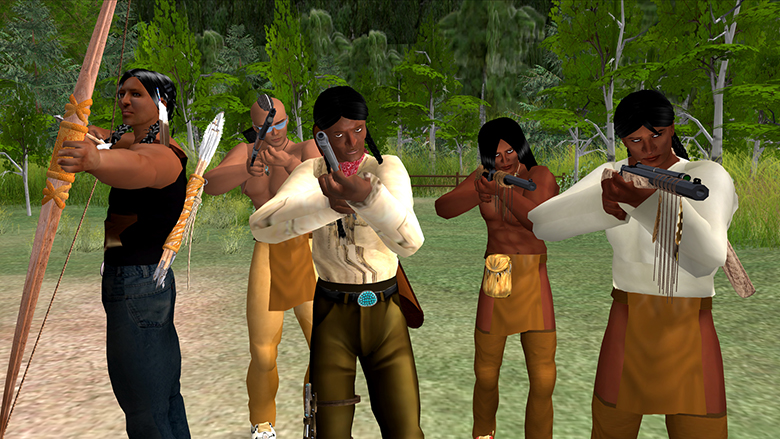This interview has been edited for content and length.
LUMA: I was at your talk at Re-Create in the fall and it got me thinking about the synergy between imagining future methodologies and the work that’s being done in Indigenous contemporary art. . . .You’re an expert in this field—how long have you been doing this kind of work, and how long has Indigenous New Media been a field in academia?
JASON EDWARD LEWIS: I’ve been doing New Media for say 25 years, and engaging in Indigenous New Media for about fifteen years. . . . I would say it’s not a field yet; it’s very much emerging in the sense that there’s just a really small number of artists and creators, and a small number of people who are talking about it. But there’s really interesting things going on in that small field, and I think it’s just going to grow. Are you familiar with Coded Territories?
LUMA: Yes!
JEL: There was a previous collection called Transference, Tradition, Technology that was published by the Banff Centre in 2006 that kind of served as a look forward to Indigenous New Media, meaning that a lot of work that’s discussed in there is not the New Media of the present; it’s the New Media of the past—so a lot of talk about video work—but a number of the themes that come up with that try to contextualize Indigenous artists who were working in a contemporary media mode, as opposed to a traditional mode or say, a more fine arts/visual arts mode. I think it’s a really important milestone, that book, and the work that it talks about.
I think [New Media is] one of the more vibrant areas in Indigenous art precisely because the medium itself kind of forces the question: what makes it Indigenous? Because it’s being made by an Indigenous person? Because it’s transforming tradition in some way that’s very contemporary? Maybe it’s so contemporary it’s not even recognizable where the tradition is from? Some combination of these things? Working in this media, this question comes up sooner, I think, than with other artists . . . [if you’re] engaging with an aesthetic which is not necessarily in any way referencing what you might call traditional aesthetics, culturally grounded aesthetics, though you may see the grounding yourself because you understand where it’s coming from.
The medium itself kind of forces the question: what makes it Indigenous? Because it’s being made by an Indigenous person?





